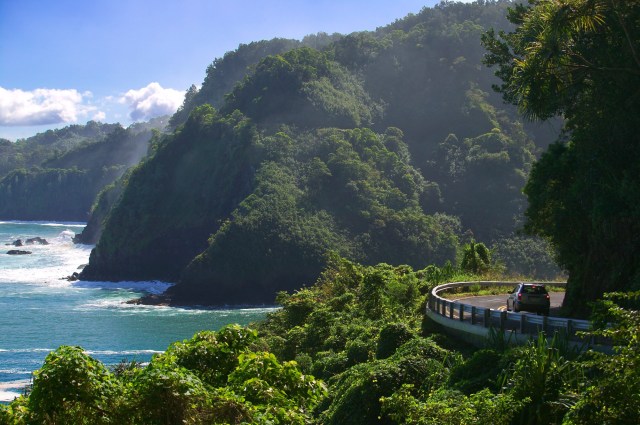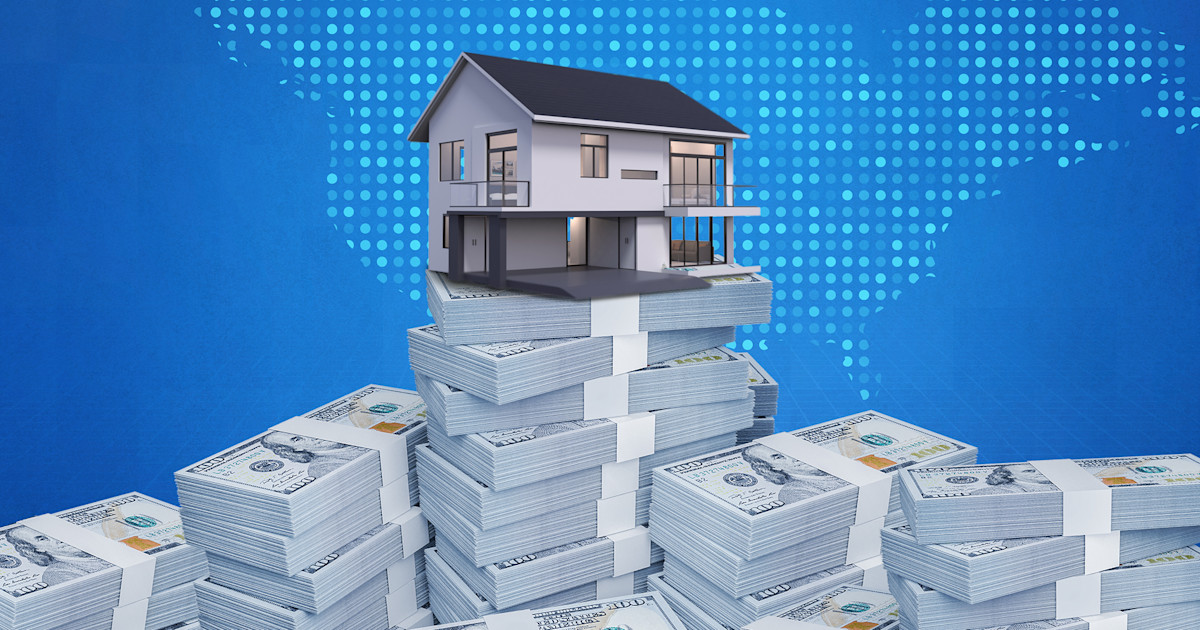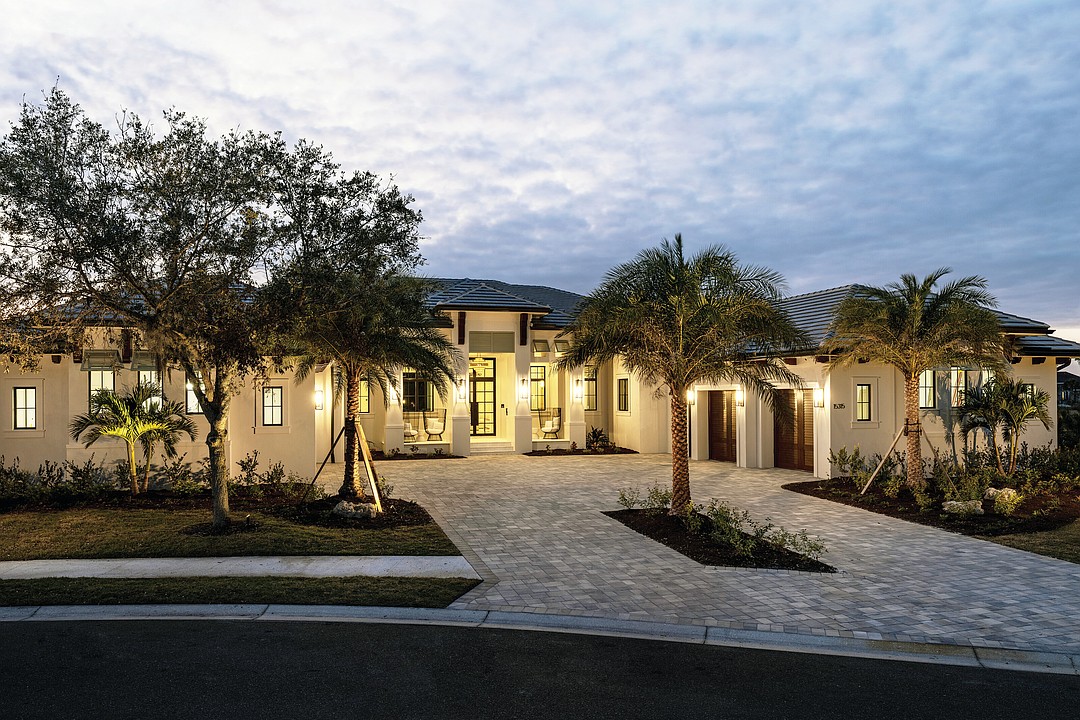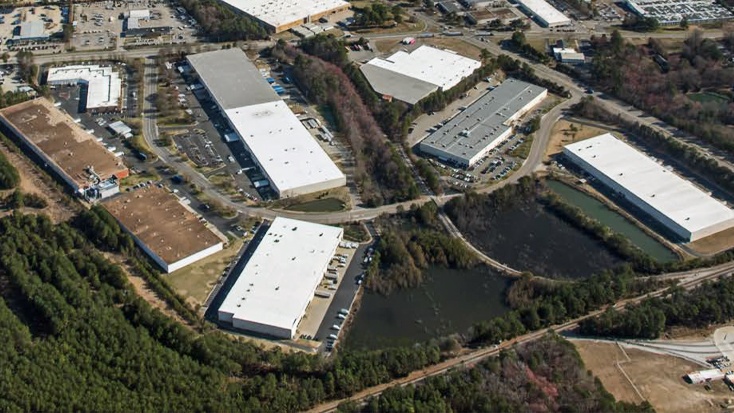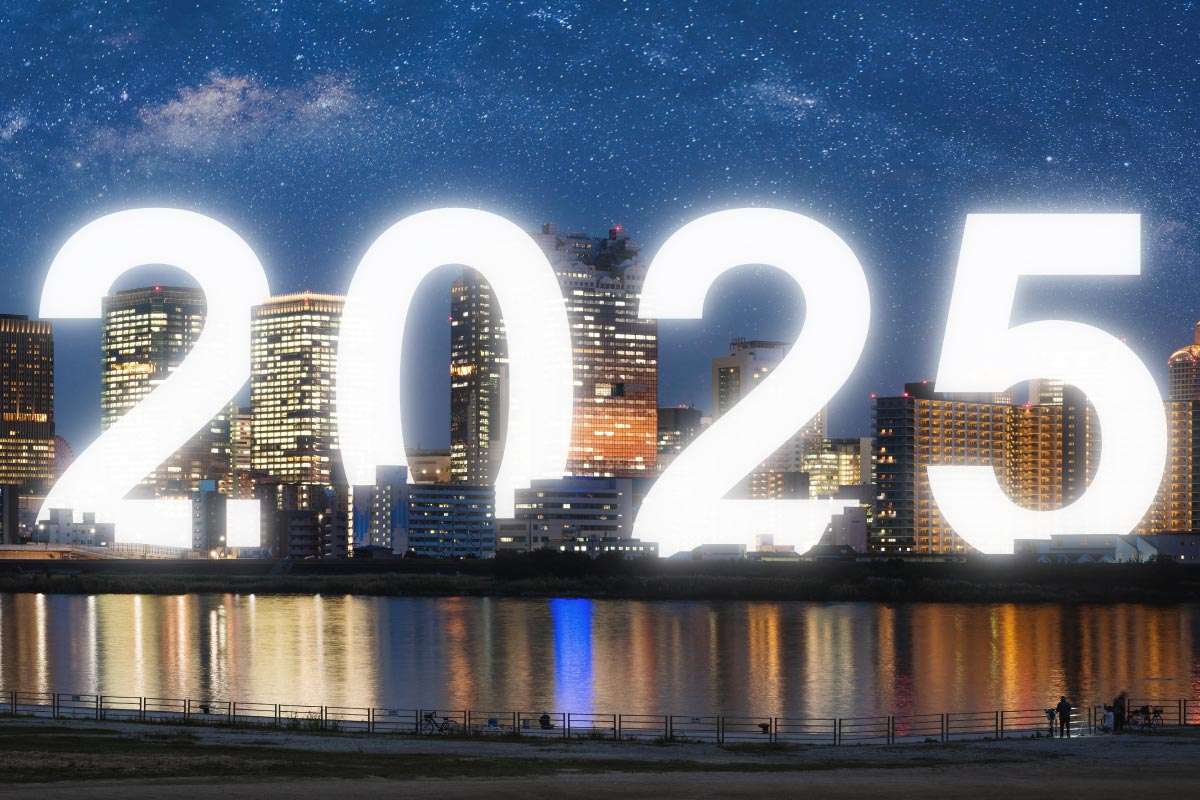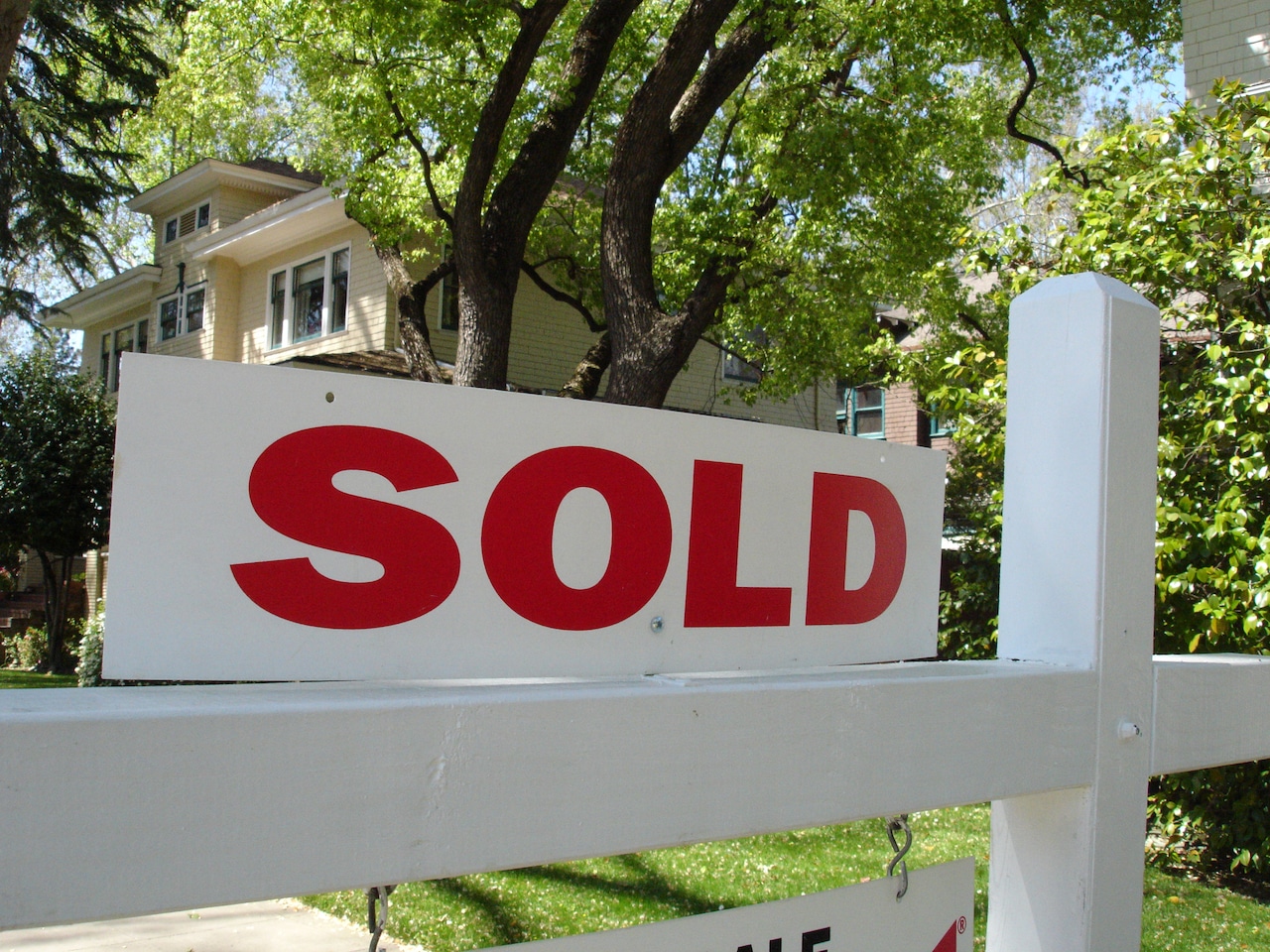T
he Hawaiian Islands embody the paradox of tranquility and unpredictability. On one hand, they offer serene landscapes with waves gently lapping against volcanic rock and trade winds carrying the sweet scent of plumeria. On the other, they are a testament to nature's power, with lava flows reshaping the land, hurricanes forging new paths, and erosion constantly renewing the landscape.
This dynamic environment offers valuable insights for navigating the commercial real estate industry. Whether managing a warehouse in Southern California or negotiating a lease in the Inland Empire, understanding Hawaii's lessons can make all the difference. Land is finite, with only so much coastline and volcanic rock to develop, making property in Hawaii – and other regions like the Inland Empire – a premium commodity.
As available land diminishes, strategic decisions become even more crucial, and the value of maximizing limited resources skyrockets. The commercial real estate market mirrors this volatility, with shifting economic conditions, interest rate hikes, and unexpected global events capable of upending even the best-laid plans. Those who thrive are those who stay adaptable, like Hawaiian locals, keeping a watchful eye on the horizon and preparing for the unexpected.
Sustainability matters in Hawaii's cultural respect for the land, or 'aina, teaching us about stewardship. Overdevelopment without regard for environmental or community impact can lead to long-term challenges. In commercial real estate, this translates to thoughtful planning, designing buildings with sustainability in mind, considering community impact, and balancing growth with preservation.
Relationships drive resilience in Hawaii's aloha spirit, built on community and relationships. Deals are rarely transactional; they're built on trust, communication, and mutual benefit. Like the ohana concept in Hawaiian culture, real estate thrives when brokers, owners, and tenants collaborate rather than compete unnecessarily.
Change brings opportunity, as Hawaiian islands are born from volcanic activity – an inherently destructive force that creates new land. Market shifts can feel catastrophic, but they also present openings for those who are ready. For example, when demand in one sector slows, it can pave the way for adaptive reuse projects, like converting empty stores into industrial warehouses or fulfillment centers.
By adopting the lessons of Hawaii's unique landscape – maximizing limited resources, staying adaptable, embracing sustainability, fostering relationships, and recognizing potential in change – commercial real estate practitioners can navigate their own dynamic terrain with a little more grace and aloha spirit.
